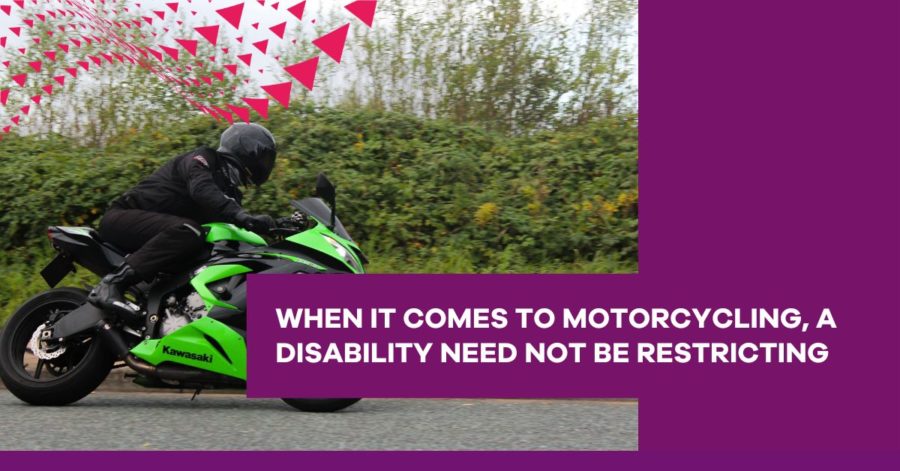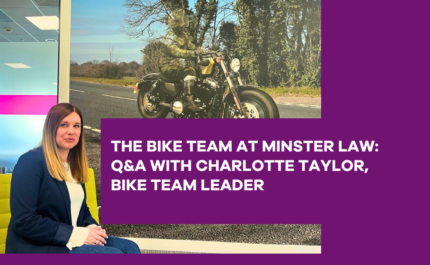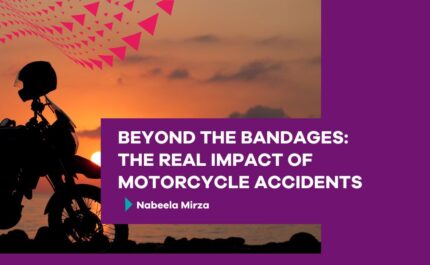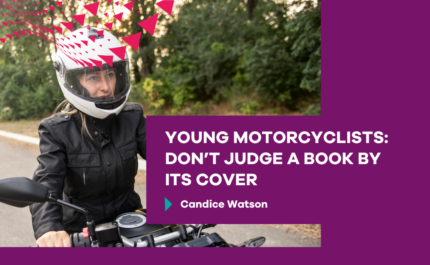
For bikers who become physically disabled for whatever reason, losing the opportunity to ride a motorbike and all the pleasure that brings can be really tough.
The good news though is that through the use of modern technology, clever engineering and individual determination and skill, an increasing number of options exist for disabled riders to get back out on the road.
It was 1991 when six bikers got together in Manchester to raise funds and find a way to adapt a motorbike, so that a biker they knew, who had suffered a leg amputation following an accident, could ride again.
This group has since then grown in to the 9,000 member-strong National Association for Bikers with a Disability (NABD), and in doing so has had a huge impact on giving bikers a bit of freedom and independence back. They have helped over 12,000 motorcyclists with a disability get back to biking.
The NABD has also helped set up similar groups in Norway, Sweden, France, Japan and the USA.
When first starting out, every bike had to be designed from scratch and engineering challenges mastered. Now there is a wide range of adaptations and the NABD believes that almost all disabilities can be catered for with the right control adaptations and vehicle modifications.
There are gear systems that are operated by hand, custom levers, levers that can be moved from the left to the right, support systems to keep the bike stable, and a whole host of other options available to adapt a bike, trike or scooter.
The range of adaptations for riders with a disability
Source https://www.nabd.org.uk/abouthenabd/
- Thumb operated brake systems – these allow rear brakes to be operated by hand for people with leg amputations/disabilities or any other disability that limits the use of a hand.
- Twin lever units for motorcycles and trikes.
- Hydraulic to cable conversion kits.
- ‘Easy clutch’ kits for riders with reduced strength or mobility in their hands.
- Electrically operated ‘push button’ gear-changers, for riders with leg amputation/disability.
- Specialised sidecar units and ‘full hand control’ adaptations for wheelchair users.
- Specially built ‘full hand control’ trikes for wheelchair users and bikers with disabilities affecting their balance.
- Remotely operated side-stand adaptations, seating/back support adaptations, modified pillion seat adaptations, throttle adaptations.
- Ride from the wheelchair motorcycle/sidecar combination for wheelchair users who cannot transfer from a wheelchair to a motorcycle or trike.
Here at Minster Law, we have worked with many bikers looking to get back on the road following an accident and our team can offer advice on the kind of adaptations you may need. They can also help guide you on the grants available for such adaptations and any other help that might be available.



